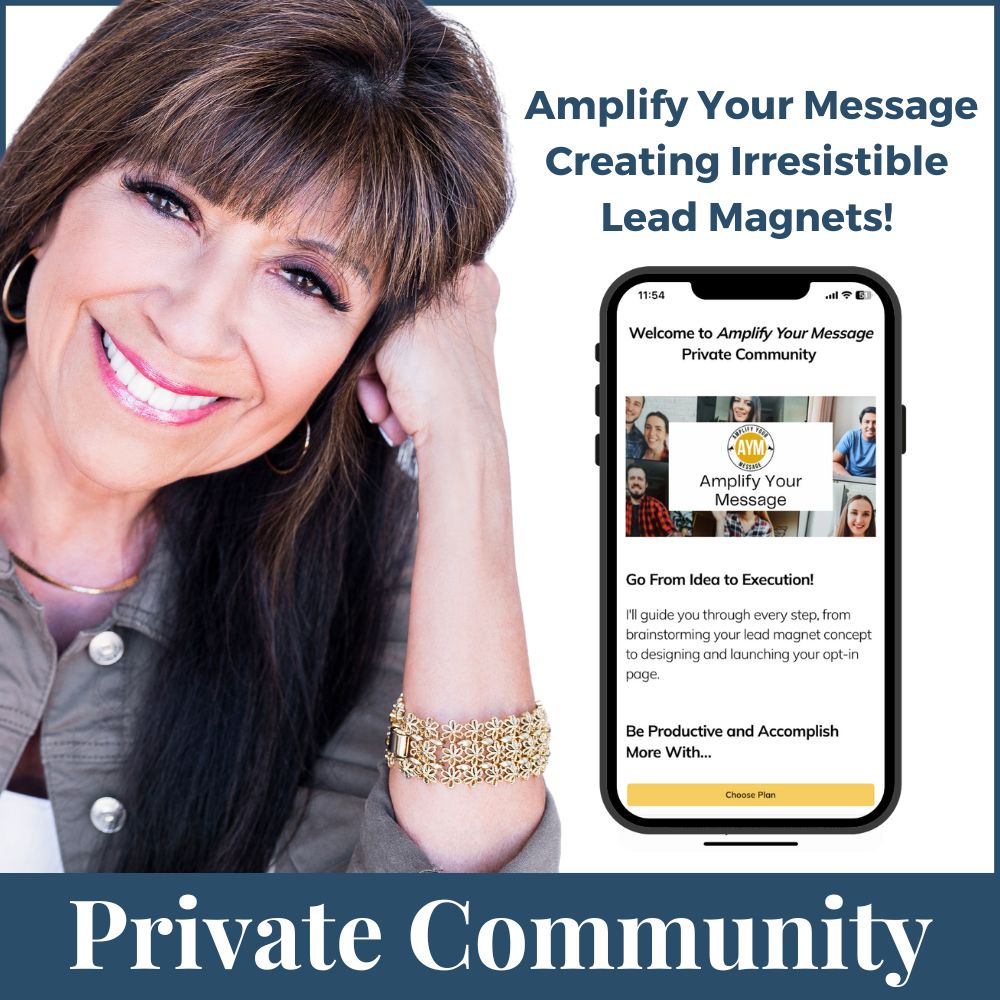In this post, I’ll share some insights to help you master AI prompts for marketing magic.
I’m preparing for a 2,000-mile relocation to TN this May. The daunting three-day journey prompted our family to organize a moving sale.
Naturally, as the household marketer, I had to write the promotional ad. Not keen on spending Saturday crafting copy, I turned to AI. It helped me create and post our moving sale ad across six publications in under 20 minutes.
AI has quickly become a hot topic across various industries, with everyone looking to harness the best tool for online content creation.
The leading contenders are ChatGPT, Gemini, and Claude. Each wants the spotlight in a competitive market to gain another subscriber by offering more than just the basics for around $20 per month.
I gave ChatGPT, Gemini, and Claude a test. I provided the same prompt and asked them to write a prompt guide. (They would know, right?)
The fun continued. I had them critique each other’s output, and these siblings had a lot to say about omissions, lack of specificity, and recommended improvements.
Indeed, the free versions were limited, so I finally asked ChatGPT’s paid version to combine the results into one helpful step-by-step process. Here’s what AI provided (after prompt refinements and a few final edits).
7 Tips for Crafting Effective AI Prompts for Online Marketing
1. Define Your Objective Clearly: Start by stating the specific goal of your content, whether it’s to engage users, boost sales, or increase brand awareness. Understanding your end goal will guide the AI in generating content that aligns with your marketing objectives.
2. Provide Detailed Context: Offer comprehensive information about your product or service, target audience, and competitive landscape. Include insights into audience demographics, interests, pain points, and how your offer solves the problem(s).
3. Specify Content Format and Style: Clearly articulate the desired format (blog post, newsletter, social media update) and the tone of voice (professional, casual, authoritative). Sample writing helps ensure the content matches your brand’s personality.
4. Highlight Key Messaging and SEO Keywords: Identify the core messages you want to convey and list relevant SEO keywords that will help leverage search behaviors.
5. Outline Constraints and Requirements: Mention specific requirements such as word count, formatting guidelines, or compliance with legal and industry standards. (You can even ask it to omit “specific” overused words.)
6. Craft a Compelling Call-to-Action (CTA): Define what action you want the audience to take after reading the content. A clear CTA will help increase conversions.
7. Review and Refine: After generating the initial content, review it to ensure it aligns with your goals, brand voice, and audience engagement. If needed, refine your prompt to improve the output before you edit.
Try these tips, and let me know how it turns out.
I have to say the final piece of content wasn’t bad, but it took a lot of testing, prompt revisions, and final edits.
If you have written content, have AI critique, condense, expand, or rewrite the content. I will warn you: your version may be better.
With AI, crafting authentic content while maximizing time efficiency is a delicate balance.
I’ve written a LinkedIn newsletter that dives into a strategy for authentic time-saving content creation.
CLICK HERE to read the newsletter. While you’re there, please subscribe to the free newsletter.
Marisa Shadrick

🎉🎊 As an online marketing consultant, I help independent coaches execute highly effective prospecting strategies to grow a client base that builds a profit-generating business.🎉
Connect with me on LinkedIn!






